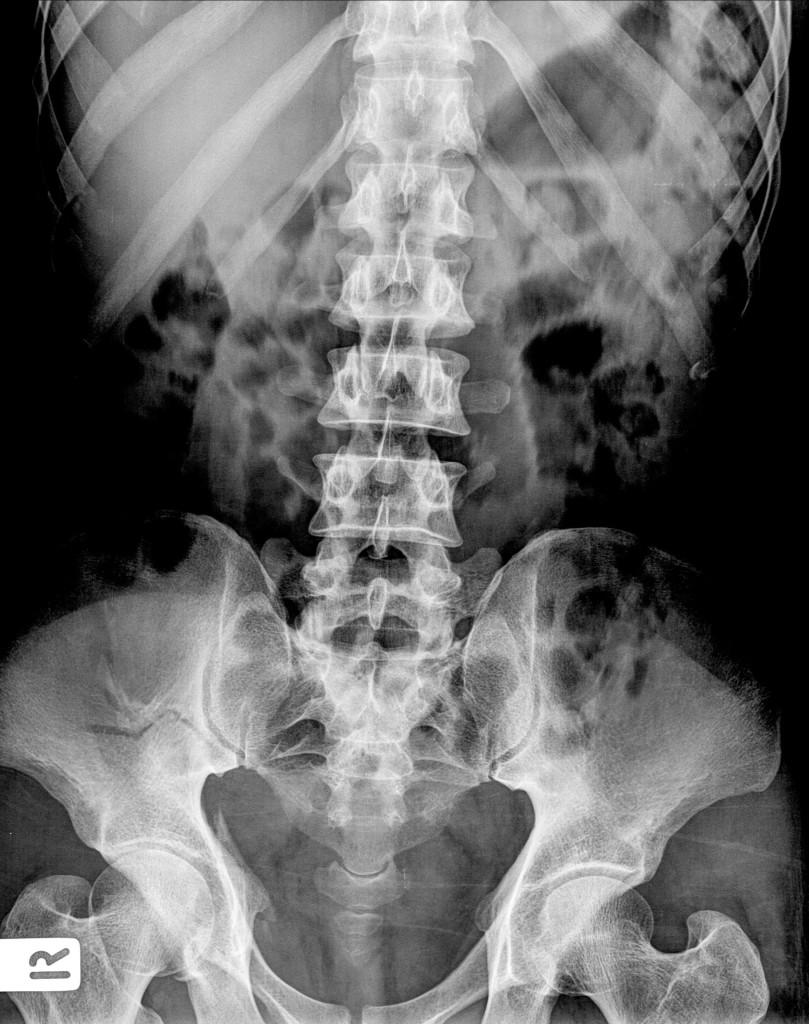How Pain Pumps Reduce Back Pain
Category: Back Pain | Author: Stefano Sinicropi
 Pain pumps are implantable devices that can help patients with conditions that cause chronic back pain. The focus of this article is pain pumps. We will take a look at how these pain pumps work and what types of back pain they can help relieve.
Pain pumps are implantable devices that can help patients with conditions that cause chronic back pain. The focus of this article is pain pumps. We will take a look at how these pain pumps work and what types of back pain they can help relieve.
How Pain Pumps Work
A pain pump (also referred to as a spinal pump) is a method of pain relief in which morphine or other pain medication is delivered directly to the area of pain in the spine. Pain pumps are similar in function to spinal stimulation implants (read more about those on our previous blog post).
The first part of the process involves surgically implanting the pump into the patient’s body, and then the proper medication is added to the pump as needed on a regular basis – typically once a month or so. The pump then releases the medication into the spine gradually over time to help control pain in the patient’s back. If the pump does not work to effectively reduce pain, it can be removed and the patient can move on to trying other treatment methods.
When are Pain Pumps Effective in Treating Back Pain?
Spinal pain pumps are usually used to treat chronic back pain conditions such as osteoporosis. The effectiveness of a pain pump will vary with each patient. For some it’s the best treatment option available, while other patients could benefit more from a minimally invasive spine surgery. It all depends on the condition at the root of the pain. The patient’s particular situation also has an impact on treatment options. For example, an elderly patient who is not a candidate for minimally invasive surgery may be a perfect candidate for a spinal pain pump.
Spinal pain pumps are just one of many options for reducing back pain. Talk to your physician about your full spectrum of options and what is best for your particular situation.